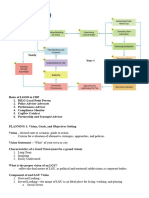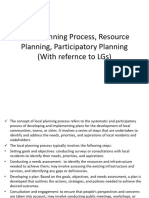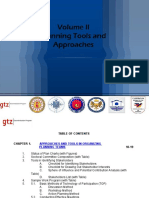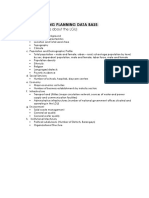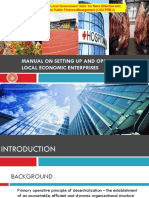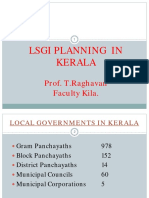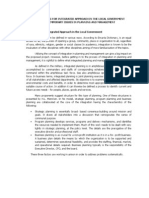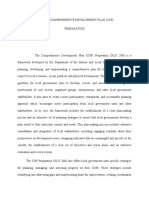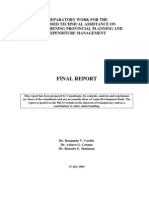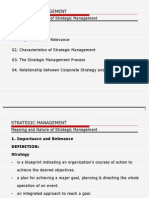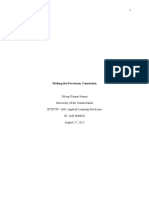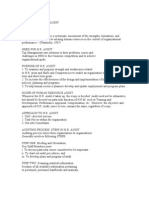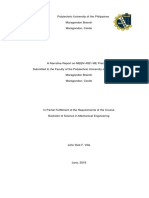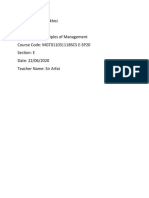0% found this document useful (0 votes)
6 views29 pagesLGDP Formulation Process Edited
The Local Government Development Plan is one of a kind with it's inextensible services it has for it people
Uploaded by
ntambinathan7Copyright
© © All Rights Reserved
We take content rights seriously. If you suspect this is your content, claim it here.
Available Formats
Download as PPTX, PDF, TXT or read online on Scribd
0% found this document useful (0 votes)
6 views29 pagesLGDP Formulation Process Edited
The Local Government Development Plan is one of a kind with it's inextensible services it has for it people
Uploaded by
ntambinathan7Copyright
© © All Rights Reserved
We take content rights seriously. If you suspect this is your content, claim it here.
Available Formats
Download as PPTX, PDF, TXT or read online on Scribd
/ 29

